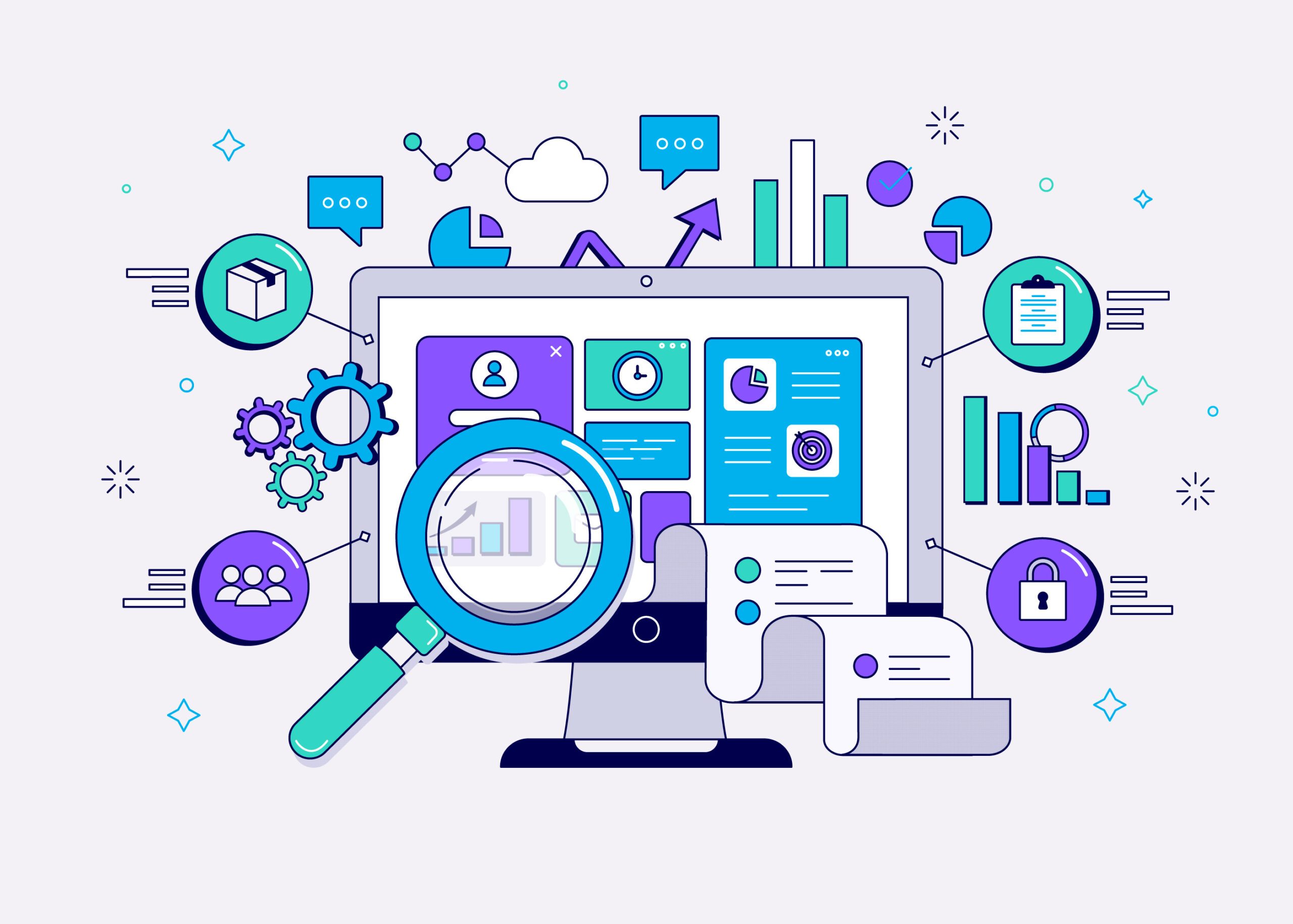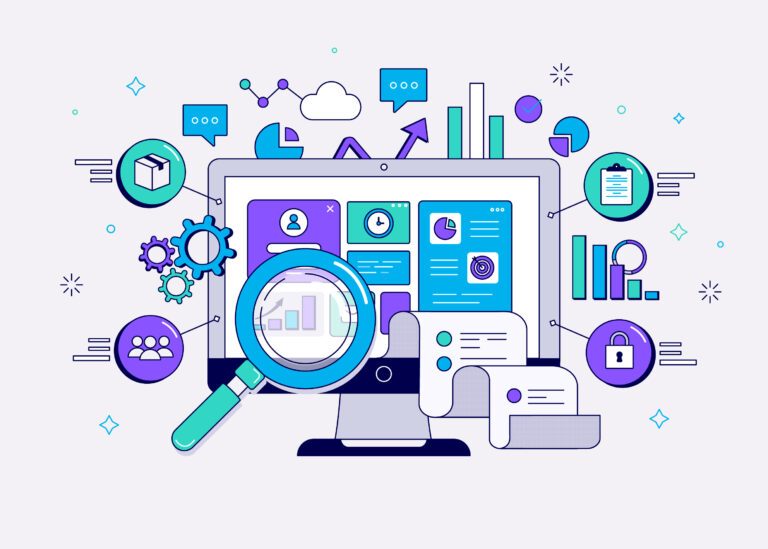E-commerce has revolutionized the way we shop, but succeeding in this fiercely competitive arena requires more than just a great product. Performance marketing offers a results-driven approach to scale your online business efficiently by leveraging data, precision targeting, and continuous optimization.
In this guide, we’ll explore how e-commerce businesses can maximize ROI through performance marketing strategies tailored to their unique needs.
What Is E-commerce Performance Marketing?
Performance marketing focuses on measurable outcomes, such as clicks, leads, or sales, rather than generic brand awareness. Unlike traditional advertising, where results can be ambiguous, performance marketing thrives on data, allowing you to optimize campaigns in real-time for better returns.
Think of it as planting seeds in fertile soil, watering them regularly, and using analytics to ensure growth—your campaigns flourish where the metrics prove effective.
Why E-commerce Needs Performance Marketing
- Clear ROI Tracking: Platforms like Google Ads, Facebook Ads, and TikTok provide detailed analytics, showing precisely how your ad spend translates into sales.
- Scalability: By identifying top-performing campaigns, you can allocate more budget to maximize results.
- Audience Precision: With tools to target specific demographics, interests, and behaviors, you can connect with potential buyers effectively.
1. Establish Clear Goals and KPIs
Before launching a performance marketing campaign, define your objectives. Are you aiming to increase website traffic, boost conversions, or reduce cart abandonment rates?
Example KPIs:
- Cost Per Acquisition (CPA): How much does it cost to gain a customer?
- Return on Ad Spend (ROAS): Revenue generated for every dollar spent on ads.
- Customer Lifetime Value (CLV): Total revenue a customer generates during their relationship with your brand.
Having these metrics ensures your campaigns remain focused and measurable.
2. Choose the Right Platforms
Performance marketing spans multiple channels, each with its strengths and audience profiles. Selecting the right platform depends on your target demographic and goals.
Examples:
- Google Ads: Best for capturing high-intent users searching for specific products.
- Facebook and Instagram Ads: Ideal for visually showcasing products and targeting interests.
- TikTok Ads: Excellent for connecting with Gen Z through creative, engaging videos.
- Amazon Advertising: Perfect for boosting product visibility on the world’s largest e-commerce platform.
Pro Tip:
Don’t spread your budget too thin. Start with one or two platforms, master them, and scale gradually.
3. Build a High-Converting Landing Page
Driving traffic is only half the battle. Your landing page must seal the deal by turning visitors into customers. Think of your landing page as the storefront: inviting, organized, and persuasive.
Key Elements of a Great Landing Page:
- Clear Value Proposition: Why should visitors buy from you? Highlight unique benefits.
- Trust Signals: Include customer reviews, trust badges, and return policies.
- Mobile Optimization: With over 50% of e-commerce traffic coming from mobile devices, ensure fast loading times and a seamless mobile experience.
- Call-to-Action (CTA): Use compelling CTAs like “Shop Now” or “Get 20% Off Today.”
4. Leverage Dynamic Retargeting Ads
Not every visitor converts on their first visit. Dynamic retargeting ads help you re-engage users who browsed your site but didn’t purchase.
How Retargeting Works:
- A user views a product on your site.
- Later, they see an ad showcasing that exact product.
- This personalized reminder nudges them to complete their purchase.
Example:
If someone adds a pair of sneakers to their cart but doesn’t check out, a dynamic retargeting ad can show the same sneakers with a discount, creating urgency.
5. Invest in Influencer Partnerships
Influencer marketing complements performance marketing by blending social proof with reach. Partnering with influencers who align with your brand can drive awareness and sales.
How to Maximize Influencer ROI:
- Focus on micro-influencers (10k–100k followers) who have high engagement rates.
- Use affiliate tracking links to measure conversions from each influencer.
- Collaborate on creative content that feels authentic, not overly promotional.
Example:
A fitness e-commerce store could partner with a health enthusiast to promote their yoga mats, reaching a niche but engaged audience.
6. Harness the Power of AI and Automation
AI-driven tools have transformed performance marketing, enabling smarter ad placements, better targeting, and real-time optimizations.
AI Tools to Explore:
- Google Smart Bidding: Adjusts your bids based on conversion likelihood.
- Facebook’s Lookalike Audiences: Finds users similar to your best customers.
- Chatbots: Improve customer experience and reduce drop-offs during checkout.
AI isn’t just a tool—it’s your silent marketing assistant, making data-driven decisions while you focus on strategy.
7. Focus on Customer Retention
Acquiring a new customer can cost five times more than retaining an existing one. Performance marketing shouldn’t end at conversion; it must nurture loyalty.
Retention Strategies:
- Email Marketing: Send personalized offers or abandoned cart reminders.
- Loyalty Programs: Reward repeat customers with points or exclusive discounts.
- Subscription Models: Offer incentives for recurring purchases.
Example:
An e-commerce brand selling skincare products can offer a subscription box with discounted refills, encouraging long-term engagement.
8. Analyze, Optimize, Repeat
Performance marketing thrives on continuous improvement. Use analytics tools to track campaigns and adjust based on data.
Metrics to Monitor:
- Bounce Rate: High bounce rates indicate issues with your landing page or targeting.
- Conversion Rate: Low conversions may signal misaligned messaging or poor UX.
- Ad Frequency: Avoid overexposing your audience, which can lead to ad fatigue.
Conclusion
E-commerce performance marketing is about more than running ads—it’s about understanding your audience, leveraging technology, and creating seamless customer experiences. By focusing on measurable goals, optimizing every stage of the funnel, and staying adaptable, you can drive growth while maximizing ROI.
Whether you’re scaling a niche online store or managing a global e-commerce brand, performance marketing empowers you to achieve consistent, scalable success.
Author Bio
Arjun Sharma is a digital marketing strategist specializing in e-commerce growth. With over a decade of experience in performance marketing, he helps businesses achieve scalable success through data-driven strategies and creative campaigns.














